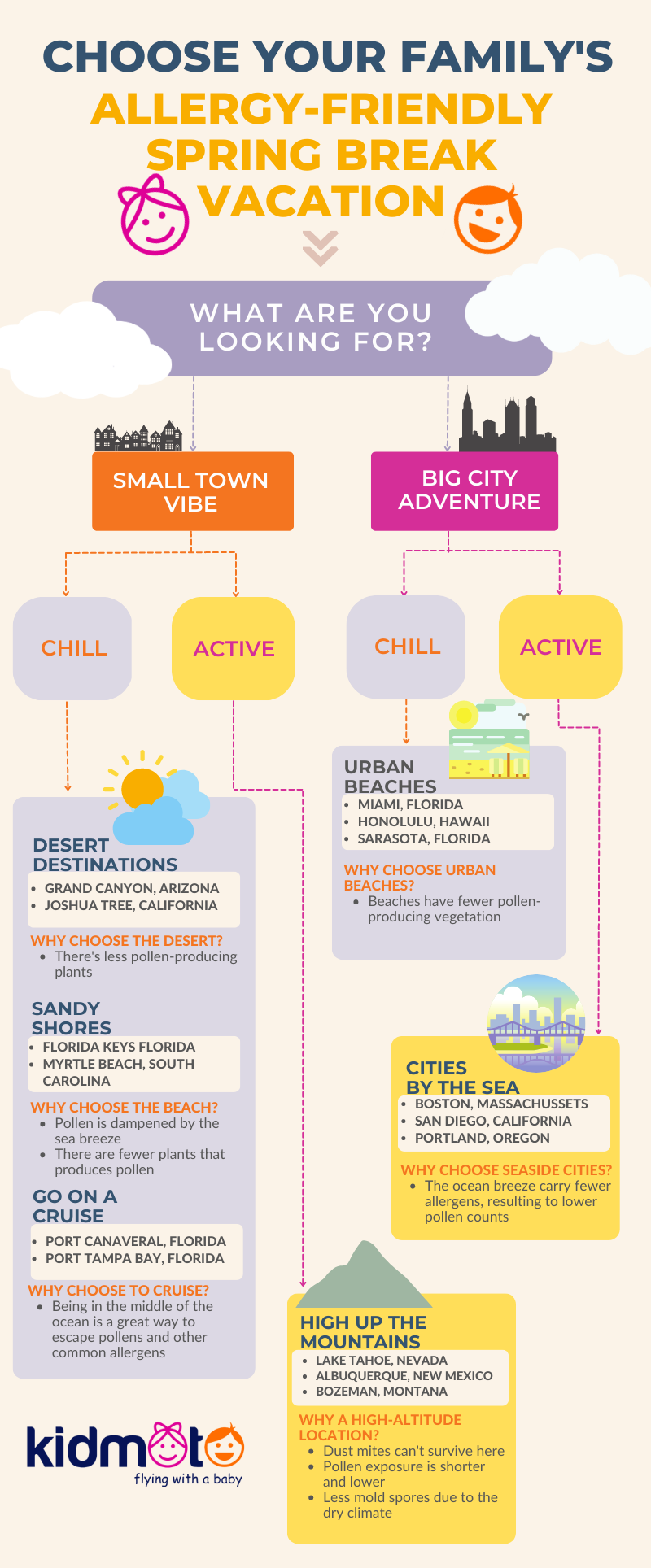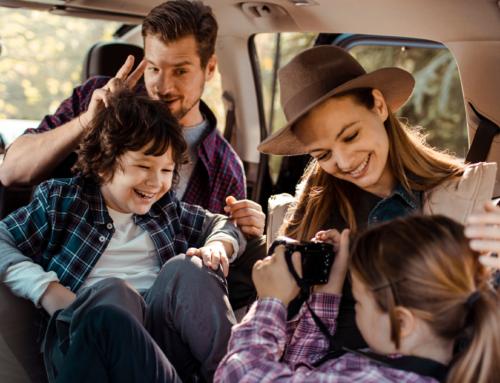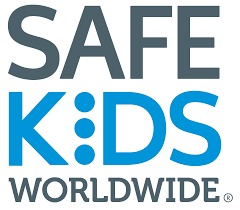Spring Break Family Vacation: 12 Essential Tips for Kids with Allergies
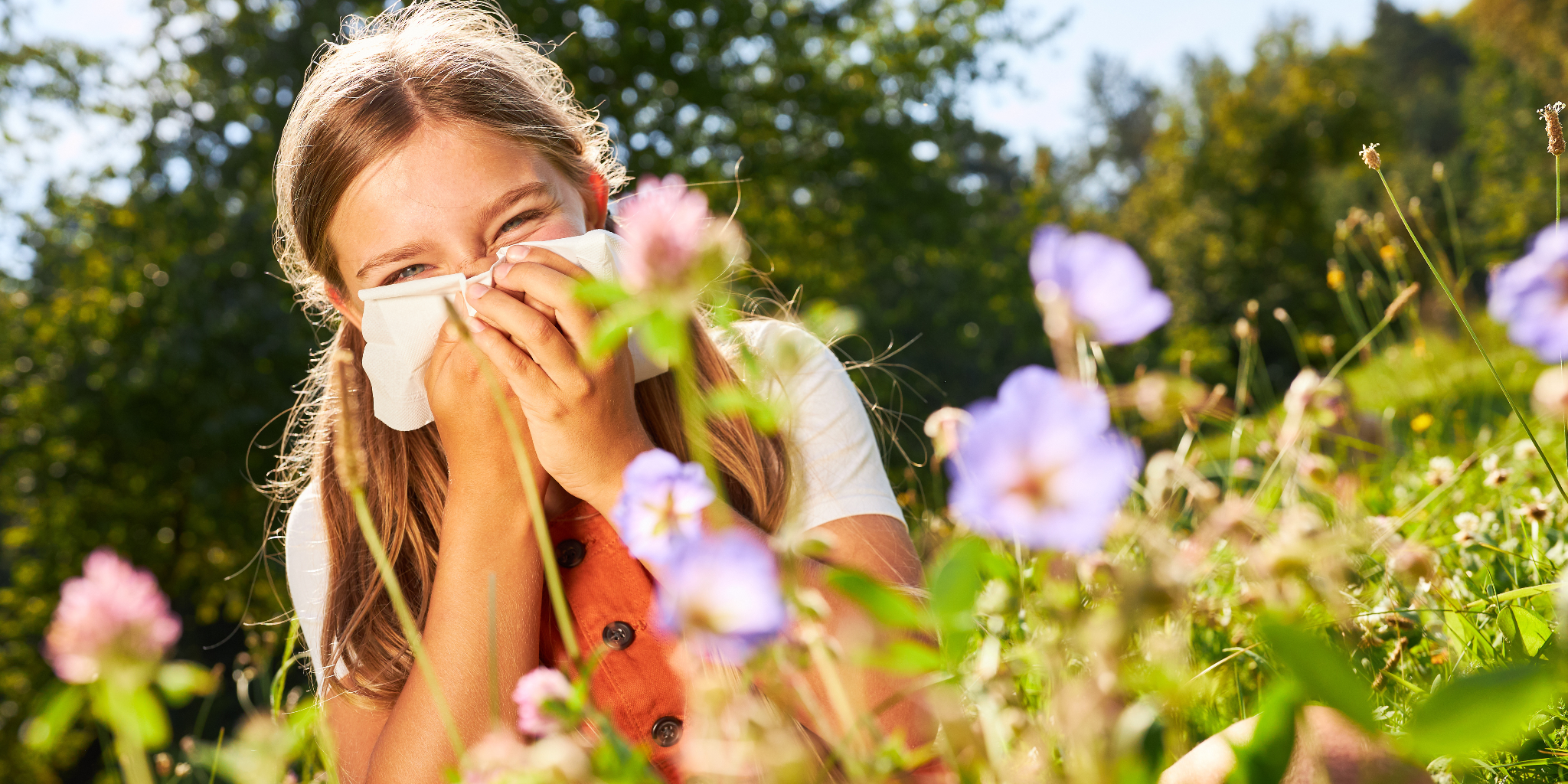
Are you preparing your family for a much-awaited spring break vacation? While traveling can be an enjoyable experience, it can be difficult for kids with allergies–and their parents. Fortunately, there are steps that you can take to ensure a smooth trip for all.
If your child has allergies, you must carefully plan your spring break vacation. You must consider pollen counts, the risk of contact with allergies, and the accessibility of your destination to medical facilities, among others.
Here, we will share practical advice on making travel easier when caring for your child with allergies. Whether you’re going abroad or just jetting off around the country, these tips will make traveling more manageable.
Read on so you can focus on creating memorable moments during this particular time. From preparing for your trip to arriving at your destination, here are essential tips to make your trip stress-free!
1. Choose your family vacation destination wisely.
If your child has allergies, choosing a destination with a low pollen count is essential. Desert locations like Nevada and Arizona tend to have lower pollen counts than other areas. This aspect is due to their lack of vegetation. So, they’re ideal destinations for families looking for an allergy-friendly vacation spot.
Beach locations, such as Florida and Hawaii, can also be great options since they don’t usually experience high levels of pollen in the air.
But if you’re looking for a winter vacation spot, try snowy destinations like Bozeman, Montana! Cold areas are naturally less prone to pollen production. Furthermore, many mountain vacation spots are perfect for family-friendly activities like skiing.
Finally, most cruise ships have air filters. This nifty feature gives little chance of cruise guests coming into contact with any allergens while onboard.
| Pro tip: Before traveling abroad, you must review your insurance coverage to ensure you can obtain medical treatment in an emergency. Consider purchasing specialized travel insurance if your current plan does not provide sufficient coverage. |
|---|
2. Plan for the climate at your destination.
Regularly check weather reports for your destination weeks before your trip. Doing this will help you learn about sudden changes affecting your expectations. Also, you can create alternate plans if things do not work out.
You can also track pollen levels daily by downloading an allergy app. These apps can help you check the pollen count in the area you are traveling to.
By mapping the weather changes and pollen levels, you can create the ideal itinerary for your family. You can also avoid peak times that may trigger or exacerbate symptoms.
Often, pollen counts are lowest in the morning so that you can schedule more activities for them. However, afternoons and evenings can usually have high counts, so consider keeping your child inside during this time.
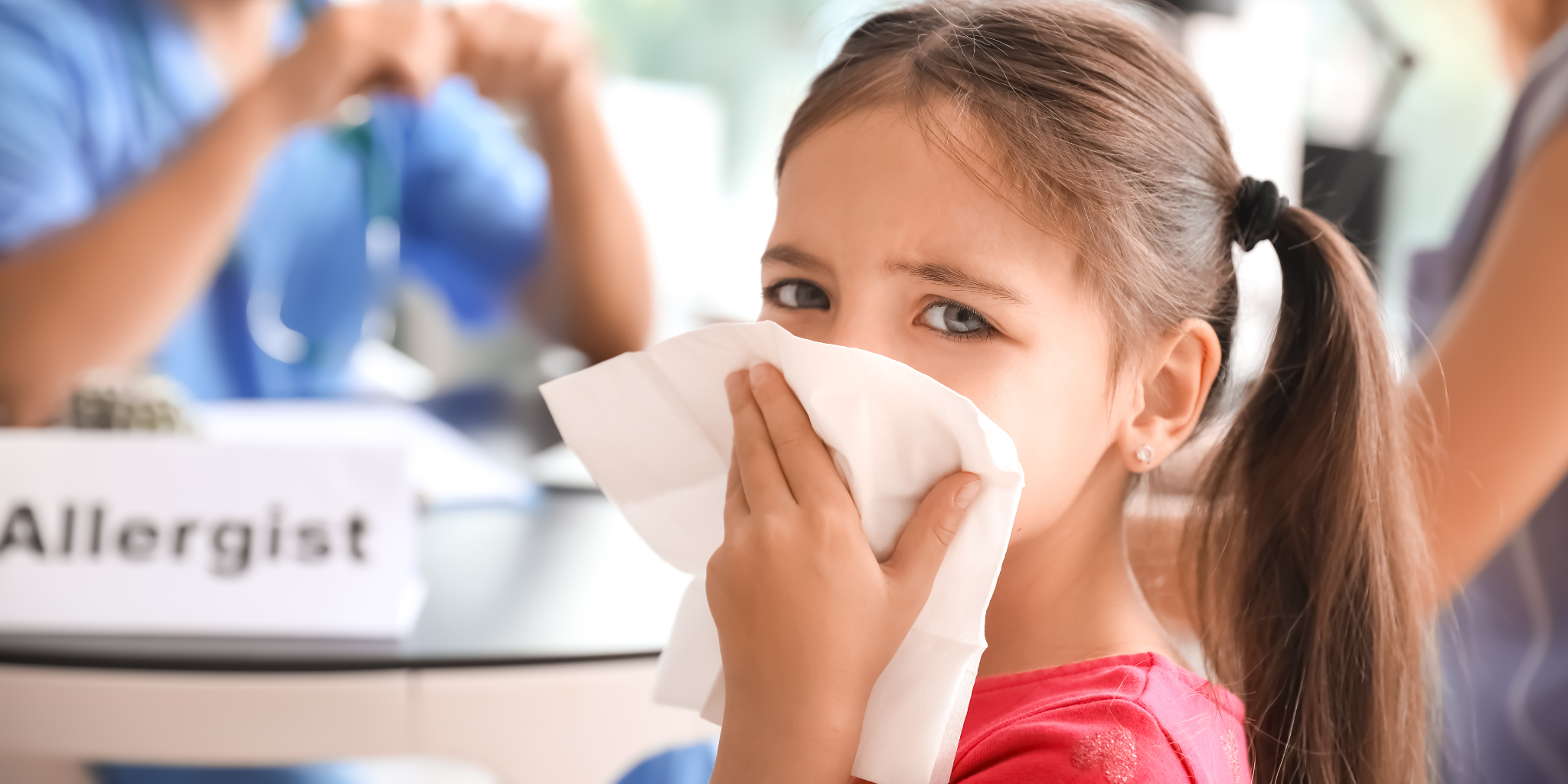
3. Consult with an allergist before your trip.
Before leaving for your trip, book an appointment or call your child’s allergist. This step can be for a general check-up or to discuss concerns about your upcoming vacation.
Ensure you have enough medication for your trip. So, get a prescription for additional medication. Additionally, be mindful if your child has asthma, as going to a new place may mean exposure to new allergens.
While most allergies are not severe, some can be life-threatening, particularly some food or certain stinging insects. To be well-prepared for your vacation, ask your allergist for a prescription for an epinephrine pen. Keep the epi-pen handy if you or your child gets exposed to a severe allergen, which can cause anaphylaxis.
4. Book allergy-free accommodations.
Allergy-friendly accommodations are essential for a hassle-free family vacation. However, you may need to take more precautions if you are not traveling in a recreational vehicle or camping in a tent.
Consider staying in hotels that offer kitchenettes. If there are none, find rooms with microwaves and refrigerators to minimize the need to eat out. To avoid exposure to pet allergens, request rooms where pets are not allowed, as pet dander can linger for months.
Also, choose pillows that do not contain feathers since they tend to harbor dust mites. Bring a hypoallergenic pillow, pillow, and mattress cover to provide extra protection.
To lessen the chances of mold exposure, book a room away from the pool. Choosing a space away from damp conditions and smoking areas can help your child avoid triggers.

5. Check the map and study your destination.
It’s always best to prepare well when traveling with kids with allergies. So, research local pharmacies and medical facilities near your lodgings before you go. Doing this will give you peace of mind knowing that help is only a short drive away in an emergency.
It would be best to familiarize yourself with the signs and symptoms of severe allergic reactions so you know what to look for when traveling.
Note the contact details and operating hours of the pharmacies, clinics, and local hospitals near your accommodations. Aside from saving the information on your phone, jot it down on paper.
Include the details of your child’s medicine, such as the brand name, generic name, and dosages. Then, place these with your travel documents in a secure spot.
6. Give your child allergy medicine even before symptoms start.
As the saying goes, prevention is better than cure, and this famous phrase also stands true to allergy medications! Indeed, medications are still effective even when the allergy symptoms start. But, it is more effective to nip it in the bud.
Once you have your doctor’s go-signal, give your child medications even before symptoms start.
| Pro tip: If you’re flying to a different time zone, gradually adjust the timing of your child’s allergy medicine. Give the medication a little earlier or later before the trip. After a while, the timing should coincide with your destination’s time zone. |
|---|
7. Bring a saline spray.
Flying can dry out sinuses due to the altitude and dry cabin air. These conditions can lead to your child’s discomfort. However, saline spray can help restore moisture, providing relief.
When on the plane, spray your child’s nose with the saline solution once every hour. Also, rinse his nose with the spray after playing outdoors to clear the sinuses.
8. Pack all your medications and allergy information in your carry-on.
Pack all your child’s medications and allergy-related documents in your carry-on bag. Doing this will ensure that you have access to them during your flight. And in case the airline loses your checked luggage, you won’t be without them.
Additionally, the baggage compartment is usually subject to extreme temperature changes. These fluctuating conditions can affect the effectiveness of asthma and allergy medications.
Once you arrive at your destination, store your medications in a cool, dry place. Proper storage can prevent damage from humidity and heat, especially in tropical climates.
|
Pro tip: Carry an extra supply of medications in a separate bag in case of an emergency. |
|---|
9. Make arrangements with your airline and car service.
Steer clear of airlines that may have allergy triggers by scheduling your flight during the earlier hours of the day. During this time, premises are likely to be cleaner.
If your child has food allergies, check with the airline’s food service provider to verify the menu. Just in case, pack food to bring along and ensure that all medications are stored in their original containers and kept with you all the time.
If any pets are on board the flight, request to be seated away from them if possible. Try calling your airline ahead of time to inform them of your needs.
Additionally, it is essential to note that car rentals may have previously housed pets, as pet allergens may linger for up to 4 to 5 months. Therefore, to be safe, book a professional, family-friendly car service like Kidmoto. This way, you can rest assured that you are riding a clean and sanitized car service to and from the airport.
10. Encourage your child to drink more water during the flight.
Regularly offer water to your child during your flight and upon reaching your destination. Dehydration can exacerbate symptoms associated with allergies and asthma, particularly in hot and humid climates.
11. Keep doors and windows shut.
When your family is heading to an area with high levels of outdoor allergens like pollen, it is advisable to lessen your child’s exposure.
Keep doors and windows closed in your lodging and vehicle to avoid triggers. By shutting the windows and turning on the AC, you can decrease indoor exposure to pollen by over 90%.
Opt for air conditioning as it provides clean air, as long as the air filters are clean and functional. Moreover, using the AC helps decrease humidity levels, lessening dust mites and mold growth.
12. Bathe your child every night.
Provide your child with fresh clothes to eliminate pollen and other allergens after exploring the outdoors. Also, after spending considerable time outside, bathe your child before bedtime.
By being meticulous with this process, you can contain the allergens that may have accumulated on your child. Doing this will help keep your accommodations clean as well.
Traveling with kids who have allergies does not need to be stressful! However, by carefully researching and planning, you can ensure your family vacation goes smoothly and safely!
The steps mentioned above will help you reduce the risks associated with traveling for kids with allergies. With these tips, we hope you can be more confident about taking your child on adventures, despite the troubles that may arise.
Stick to the tips above so your family can enjoy your trip without worrying about potential allergic reactions during your spring break vacation!
Book Kidmoto Now!
Book a Kidmoto car service with car seats for travel convenience to or from the airport when you leave for your spring break trip! When traveling with several kids, especially if you’re flying with a baby, it is best to ditch the bulky car seats so you will have less on your hands!
You need not worry about carrying a heavy car seat around the busy airport while tracking kids. No matter the time of your flight, Kidmoto will be there to pick you up – all you need to do is strap your child in the seat.
Ensure safety on the road with Kidmoto! Download the app now to book a professional car service with pre-installed child safety seats. Then, with a few taps, you can focus on making new memories (and your child’s allergies) with your family this spring break!
